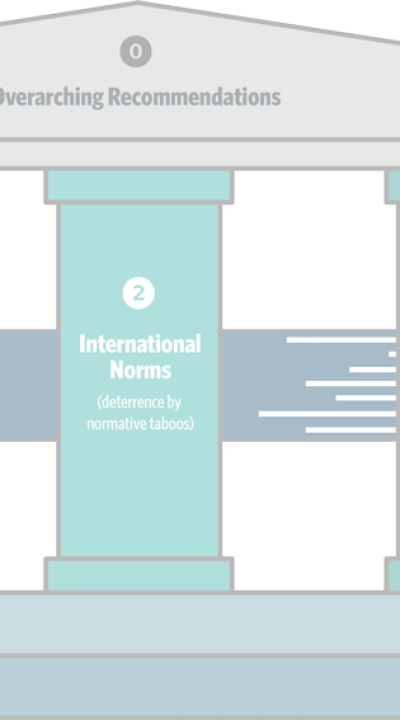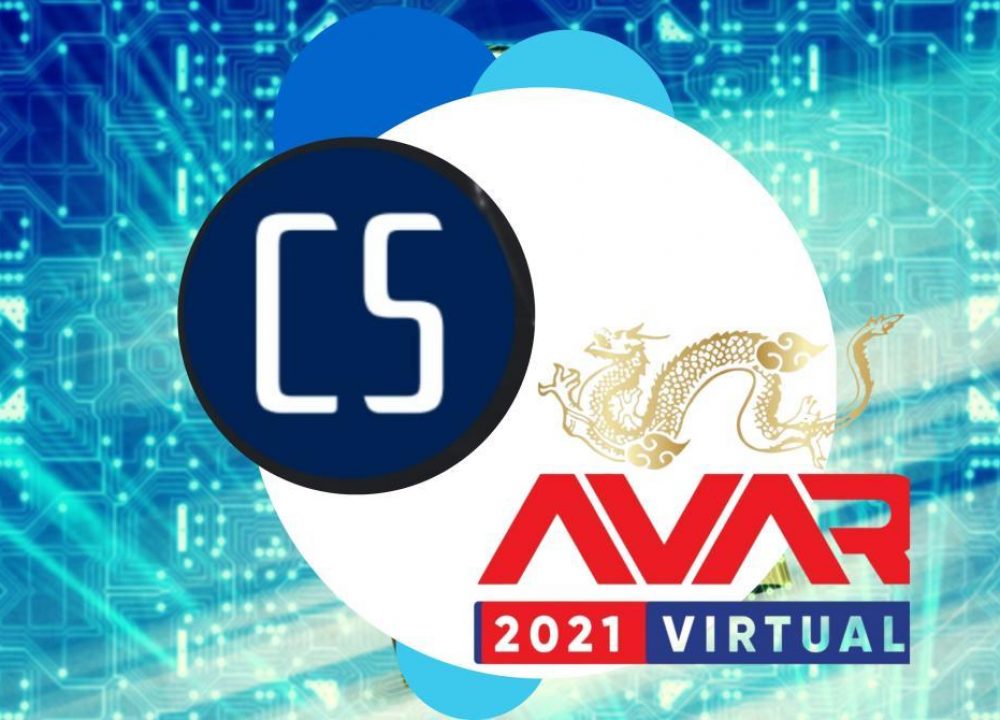

Effortlessly Collaborate with Us
Sharing threat intelligence
Sharing information about the latest threats and malware encountered, including details on delivery, payload, and indicators of compromise, to help prevent similar threats.
01
Participating in public-private partnerships
Governments and private sector organizations working together to address cyber threats, including funding for R&D and deployment of new threat detection technologies.
03
Research Alliance
Organizations in a specific industry or sector facilitating the sharing of threat intelligence and best practices for protecting against malware and threats.
04
SDK Integration
Our SDK sharing and integration program is designed to provide partners with the tools and resources they need to easily integrate our products . With our SDKs, partners can access a wide range of features and functionality, including advanced malware detection and threat intelligence capabilities.
05
Tailor Your Security to Your Industry with Our Seamless Integrations
Our products can be easily integrated into a wide range of industries, including healthcare, financial services, retail, and more. With our custom integrations, organizations can tailor their security to their specific needs and requirements. Our products can be integrated with leading SIEM and SOAR solutions to provide a comprehensive view of an organization's security posture. Our custom integrations also allow organizations to seamlessly incorporate our products into their existing security infrastructure, making it easy to enhance their security without having to disrupt their existing processes
- Are you a major financial institution with millions of customers and loan/mortgage applications
- Are you a healthcare provider that accepts data of patients?
- Can you trust every external file uploaded into your web applications?
- Run scheduled scans on assets within and outside your network with our innovative discovery of attacker methodology to bypass traditional security products.

Industry Use Cases
Our security solutions are designed to enhance the capabilities of existing EDR/MDR solutions by providing advanced malware detection and threat intelligence. This makes it an ideal choice for organizations in a variety of industries, including healthcare, financial services, retail, and more. With its ability to fill in the gaps where traditional EDR/MDR solutions fall short, our solutions can help organizations in any industry stay ahead of emerging threats and protect against cyber attacks.
Our products are especially well-suited for use in critical infrastructure industries, such as energy, transportation, and water management. These industries are vital to the functioning of society and are often targeted by attackers. By filling in the gaps where traditional EDR/MDR solutions may fall short, our specialized products can help organizations in critical infrastructure industries protect against emerging threats and ensure the continued operation of their systems.
Key Scenarios
- Downtime: Malware attacks can disrupt the operation of critical systems, leading to downtime and lost productivity.
- Damage: Some types of malware, such as ICS malware, can cause physical damage to equipment and infrastructure.
- Threat to public safety: In some cases, malware attacks on critical infrastructure industries can threaten public safety.
- Financial losses: The costs associated with malware attacks, including repair and restoration, can be significant.
- Insight Report
According to a report by the U.S. Department of Homeland Security, there have been hundreds of reported cyber attacks on critical infrastructure in the United States alone, with the energy sector being the most targeted. In 2019, the global cost of ransomware attacks on the energy sector was estimated to be $325 million. These attacks can have far-reaching consequences and highlight the need for effective security measures to protect against emerging threats.

Our products are well-suited for use in the financial sector, where the protection of sensitive data and the prevention of financial losses are of the utmost importance. We empower financial institutions to stay ahead of emerging threats and protect against cyber attacks. Our products ability to safeguard against malware attacks leading to financial losses and protect sensitive data, makes us essential in financial organizations looking to enhance their security posture.
Key Scenarios
- Financial losses: Malware attacks can result in the theft of funds or the disruption of financial transactions, leading to financial losses.
- Reputational damage: Cyber attacks can damage an organization's reputation and result in the loss of customer trust.
- Regulatory penalties: Some regulatory bodies may impose penalties on organizations that suffer data breaches or other cyber attacks. According to a report by the U.S. Department of Treas
According to a report by the Financial Stability Oversight Council, the financial sector is one of the most targeted industries for cyber attacks, with APT groups being a major threat. In 2019, the global cost of ransomware attacks on the financial sector was estimated to be $11.5 billion. These attacks can have far-reaching consequences and highlight the need for effective security measures to protect against emerging threats.

The software industry is increasingly targeted by cyber attacks, with supply chain attacks being a major concern. In a supply chain attack, malware is introduced into a software supply chain, resulting in the distribution of compromised software to customers. This can have serious consequences, including financial losses, reputational damage, and regulatory penalties.
Key Scenarios
- Secure code development: Implementing secure coding practices and using tools such as static code analysis to identify and fix vulnerabilities.
- Secure build and release processes: Implementing secure processes for building and releasing software, including measures to ensure authenticity and integrity
- Third-party risk management: Evaluating and managing security risks associated with third-party components or libraries in the software.
- Supply chain visibility: Implementing tools and processes to provide visibility into the software supply chain, including tracking the origin and movement of software.
- Binary scanning: This involves examining compiled software (also known as binaries) to identify vulnerabilities and other issues.
SolarWinds attack, which occurred in 2020. In this attack, hackers compromised the software supply chain of SolarWinds, a Texas-based company that provides IT infrastructure management software to thousands of organizations around the world. The hackers inserted malware into a software update that was distributed to SolarWinds' customers, allowing them to gain access to the networks of the affected organizations. The attack was highly sophisticated and went undetected for months, leading to significant damage and disruption. This incident highlights the importance of implementing strong supply chain security measures to protect against these types of attacks.



